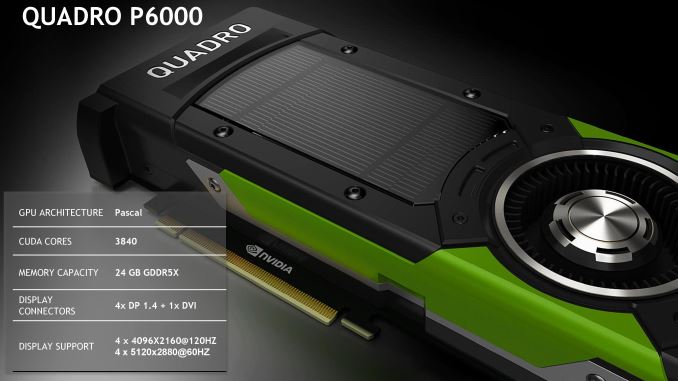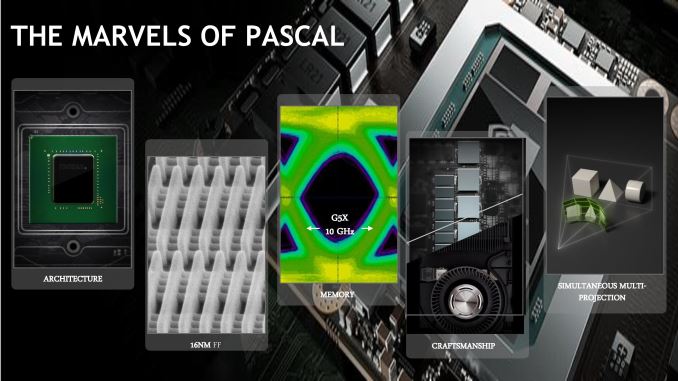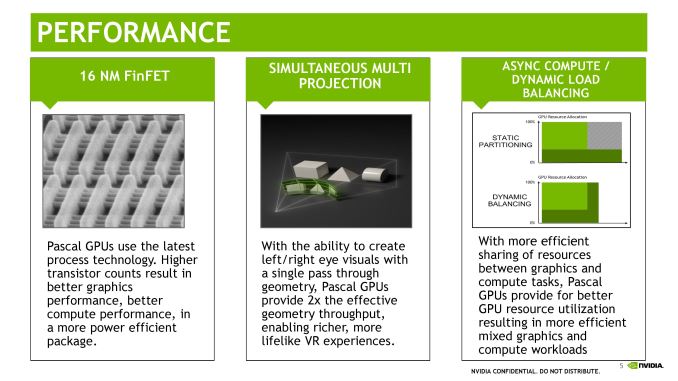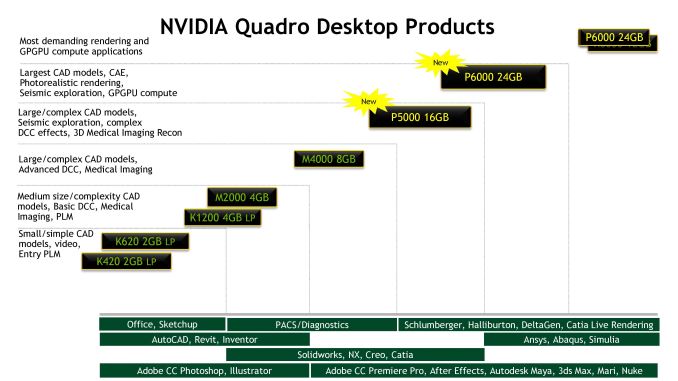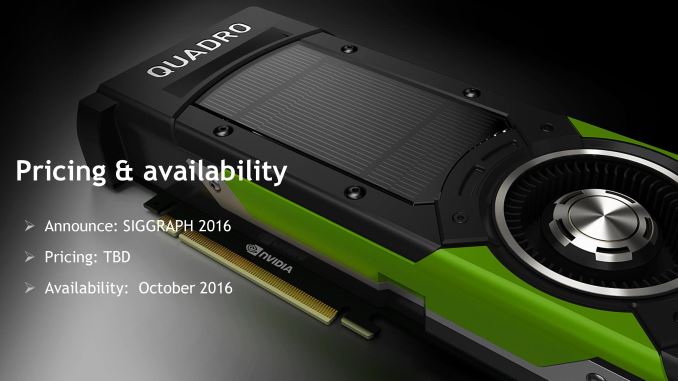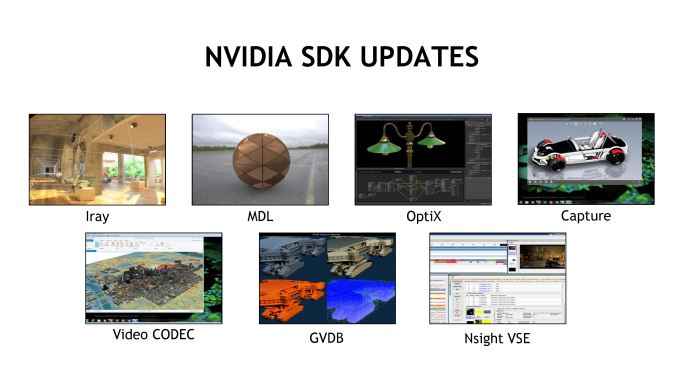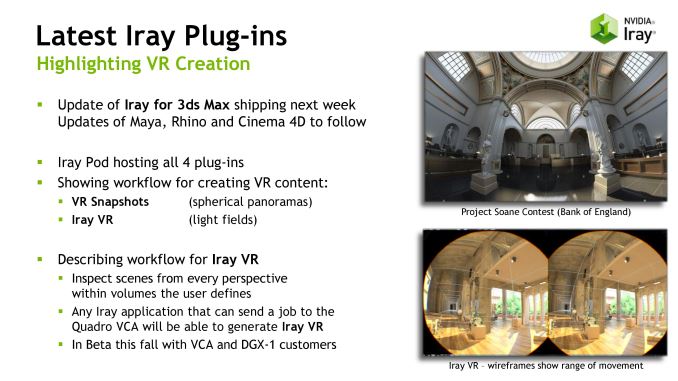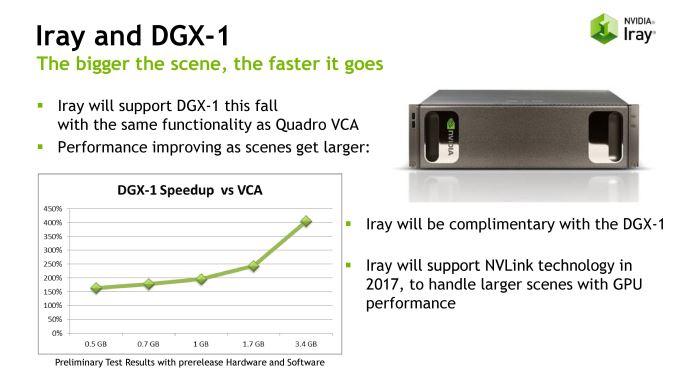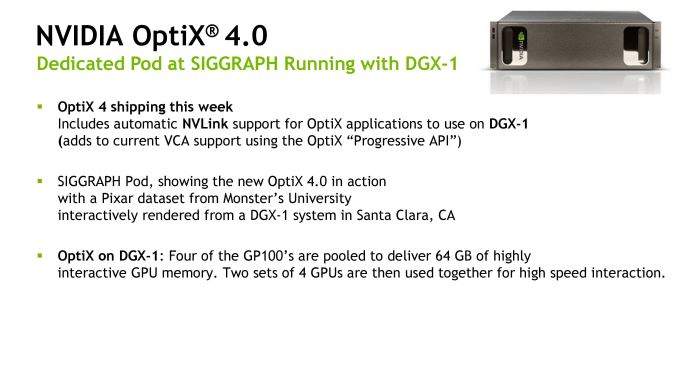
Lo smartwatch Meizu potrebbe presto diventare realtà e a dircelo è stata proprio l’azienda, che pur non avendo pubblicato comunicati stampa ha condiviso sui social network un’immagine in cui si vedono chiaramente parecchie componenti di un orologio: la più evidente è una porta USB, che ci ha fatto escludere sin da subito la possibilità che il dispositivo potesse essere un orologio ordinario.
Le montagne russe Galactica per un giro completamente in realtà virtuale
Smartwatch Meizu anticipazioni, esplodono i rumor dopo uno schizzo social pubblicato su Gadgetblog.it 25 luglio 2016 21:14.
Autore: Gadgetblog.it
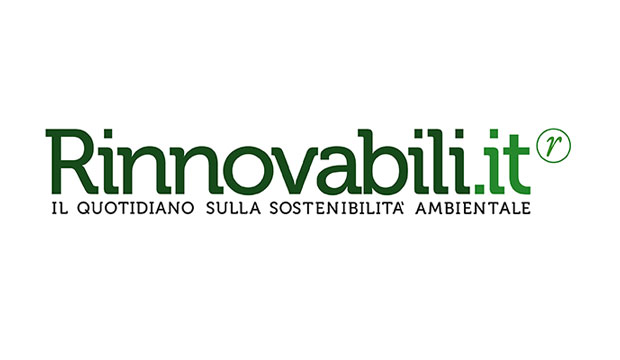 (Rinnovabili.it) – I laghi italiani non se la passano benissimo. Sebbene non si possa generalizzare e molti bacini offrano oggi una buona qualità delle acque, per il 60% di loro si è costretti a parlare di condizioni insufficienti rispetto ai traguardi preposti dalle direttive europee. A rivelarlo è l’edizione 2016 di Goletta dei laghi, la campagna nazionale di Legambiente per la tutela dei bacini lacustri italiani realizzata in collaborazione con il COOU (Consorzio Obbligatorio Oli Usati) e Novamont.
(Rinnovabili.it) – I laghi italiani non se la passano benissimo. Sebbene non si possa generalizzare e molti bacini offrano oggi una buona qualità delle acque, per il 60% di loro si è costretti a parlare di condizioni insufficienti rispetto ai traguardi preposti dalle direttive europee. A rivelarlo è l’edizione 2016 di Goletta dei laghi, la campagna nazionale di Legambiente per la tutela dei bacini lacustri italiani realizzata in collaborazione con il COOU (Consorzio Obbligatorio Oli Usati) e Novamont.
La Goletta torna oggi a casa con oltre 200 campioni raccolti in dodici laghi di sei regioni, analizzati in laboratorio per verificare la presenza di batteri di origine fecale e di inquinamento da microplastiche. Dei 101 punti monitorati 39 sono risultati fortemente inquinati, 12 inquinati e i restanti entro i limiti di legge: il 50% dei campioni ha presentato, dunque, valori superiori di batteri fecali rispetto a quelli consentiti dalla normativa in vigore, registrando un sostanziale conferma dei dati raccolti nelle edizioni precedenti.
“L’Obiettivo della Goletta dei laghi – spiega Rossella Muroni, presidente nazionale di Legambiente – è mettere al centro dell’attenzione locale e nazionale i laghi chiedendo serie politiche nazionali e strumenti per la loro tutela. Anche in questa edizione 2016, abbiamo rilevato situazioni critiche riguardo la presenza di scarichi e inquinamento, ma non solo”.
Durante questa edizione 2016, Legambiente ha deciso di condurre il primo monitoraggio della presenza di microplastiche portato avanti da un’associazione ambientalista sui principali laghi italiani, seguendo un protocollo fino ad oggi eseguito solo nei mari. I principali laghi italiani hanno visto impegnati i tecnici di Goletta in 55 ore di navigazione, per effettuare 42 transetti in 22 ore di trainata, per un totale di 108 km lineari percorsi. Cento campioni d’acqua superficiale sono stati raccolti, utilizzando una strumentazione dotata di una particolare rete (la manta) a maglia ultrafine in grado di catturare le microparticelle inferiori a 5 millimetri. L’intero progetto gode della collaborazione scientifica dell’Università Ca’ Foscari di Venezia di Enea (l’Agenzia nazionale per le nuove tecnologie, l’energia e lo sviluppo economico sostenibile) i cui tecnici, ora, provvederanno ad analizzare con l’ausilio del microscopio i campioni raccolti e selezionati in loco dai tecnici di Goletta, e il supporto di Arpa Umbria. Una novità importante che consentirà di costruire un’attenta analisi delle microlitter presenti nell’acqua e realizzare il primo studio sullo stato d’inquinamento dei laghi italiani per quanto riguarda questa tipologia di sostanze. I risultati saranno presentati nel prossimo autunno.
Autore: Rinnovabili
Lunedì mattina l’USD ha continuato a muoversi positivamente, consolidando i guadagni della scorsa ottava, mentre gli operatori si preparano alle riunioni del FOMC e della BoJ in programma questa settimana. Il mercato non prevede che mercoledì la Federal Reserve restringerà la sua politica monetaria, ma si attende sicuramente un aggiornamento delle sue previsioni. I partecipanti al mercato prevedono, invece, che la BoJ allenterà ulteriormente la politica monetaria, tagliando il tasso riferimento dal -0,10% al -0,15%, e anche il governo potrebbe fare la usa parte, annunciando stimoli fiscali.
Nonostante queste previsioni, lo yen giapponese ha compiuto un rally a Tokyo, perché gli operatori si chiedono se la BoJ annuncerà finalmente nuovi stimoli. La coppia USD/JPY ha stornato i guadagni d’inizio seduta, riportandosi intorno a 106 all’avvio dei mercati europei. Il mercato probabilmente aspetterà l’annuncio della BoJ di venerdì prima di vendere massicciamente yen, spingendo la coppia USD/JPY sopra il livello di resistenza a 108. Nel frattempo, la coppia di valute dovrebbe muoversi lateralmente fra 105,50 e 107,50.
I metalli preziosi hanno avuto un inizio di settimana difficile, sull’onda del rafforzamento dell’USD. Lunedì il metallo giallo è scivolato dello 0,38%, tornando verso la soglia a 1.300 USD. Anche l’argento è stato oggetto di forti pressioni a vendere, scivolando dello 0,70%, in calo a 19,49 USD all’oncia. Al rialzo tiene ancora la resistenza 21 USD, mentre al ribasso si osserva un supporto intorno a 19 USD (minimi precedenti).
Lunedì la coppia NZD/USD ha compiuto forti oscillazioni, mentre la coppia di valute testava il supporto a 0,70 (media mobile a 50 giorni e livello psicologico). Il kiwi prima è scivolato a 0,6957 per effetto del calo dei prezzi delle materie prime, poi è rimbalzato intorno a 0,70 USD. Nel complesso, il giudizio rimane ribassista perché la RBNZ dovrebbe annunciare un taglio del tasso alla riunione di agosto.
Stamattina i rendimenti dei titoli azionari asiatici sono stati contrastati, gran parte degli indici è già tornato vicino ai massimi del 2016. Il Nikkei si è consolidato intorno a 16.620 punti, cedendo un marginale 0,04%, il più ampio indice Topix è invece calato dello 0,19%. Nella Cina continentale, l’indice composito di Shanghai è sceso dello 0,20%, quello di Shenzhen dello 0,37%. Sulle piazze offshore, l’Hang Seng di Hong Kong ha ceduto lo 0,24%. Più a sud, l’indice NZX/S&P ha guadagnato l’1,26%, la borsa australiana lo 0,64%. I future europei oscillano a cavallo dello zero, al momento sono positivi.
Segui i prossimi seminari online di Swissquote o scarica la piattaforma Metatrader 4 demo
VN:F [1.9.20_1166]
VN:F [1.9.20_1166]
Autore: Finanza.com Blog Network Posts

If there was one word to describe the launch of NVIDIA’s Pascal generation products, it’s “expedient.” On the consumer side of the business the company has launched 3 different GeForce cards and announced a fourth (Titan X), while on the HPC side the company has already launched their Tesla P100 accelerator, with the PCIe version due next quarter. With the company moving so quickly it was only a matter of time until a Quadro update was announced, and now today at SIGGRAPH 2016 the company is doing just that.
Being announced today are the two Quadro models that will fill out the high-end of the Quadro family, the P6000 and P5000. As hinted at by the name, these are based on NVIDIA’s latest Pascal generation GPUs., marking the introduction of Pascal to the Quadro family. And like NVIDIA’s consumer counterparts, these new cards should offer significant performance and feature upgrades over their Maxwell 2 based predecessors.
| NVIDIA Quadro Specification Comparison | ||||||
| P6000 | P5000 | M6000 | M5000 | |||
| CUDA Cores | 3840 | 2560 | 3072 | 2048 | ||
| Texture Units | 240? | 160 | 192 | 128 | ||
| ROPs | 96? | 64 | 96 | 64 | ||
| Core Clock | ? | ? | N/A | N/A | ||
| Boost Clock | ? | ? | ~1140MHz | ~1050MHz | ||
| Memory Clock | 9Gbps GDDR5X | 9Gbps GDDR5X | 6.6Gbps GDDR5 | 6.6Gbps GDDR5 | ||
| Memory Bus Width | 384-bit | 256-bit | 384-bit | 258-bit | ||
| VRAM | 24GB | 16GB | 24GB | 8GB | ||
| FP64 | 1/32 FP32 | 1/32 FP32 | 1/32 FP32 | 1/32 FP32 | ||
| TDP | 250W | 180W | 250W | 150W | ||
| GPU | GP102 | GP104 | GM200 | GM204 | ||
| Architecture | Pascal | Pascal | Maxwell 2 | Maxwell 2 | ||
| Manufacturing Process | TSMC 16nm | TSMC 16nm | TSMC 28nm | TSMC 28nm | ||
| Launch Date | October 2016 | October 2016 | 03/22/2016 | 08/11/2015 | ||
| Launch Price (MSRP) | TBD | TBD | $ 5000 | $ 2000 | ||
We will start, as always, at the top, with the Quadro P6000. As NVIDIA’s impending flagship Quadro card, this is based on the just-announced GP102 GPU. The direct successor to the GM200 used in the Quadro M6000, the GP102 mixes a larger number of SMs/CUDA cores and higher clockspeeds to significantly boost performance.
Paired with P6000 is 24GB of GDDR5X memory, running at a conservative 9Gbps, for a total memory bandwidth of 432GB/sec. This is the same amount of memory as in the 24GB M6000 refresh launched this spring, so there’s no capacity boost at the top of NVIDIA’s lineup. But for customers who didn’t jump on the 24GB – which is likely a lot of them, including most 12GB M6000 owners – then this is a doubling (or more) of memory capacity compared to past Quadro cards. At this time the largest capacity GDDR5X memory chips we know of (8Gb), so this is as large of a capacity that P6000 can be built with at this time. Meanwhile this is so far the first and only Pascal card with GDDR5X to support ECC, with NVIDIA implementing an optional soft-ECC method for the DRAM only, just as was the case on M6000.
NVIDIA has also sent over pictures of the card design, and confirmed that the card ships with the Quadro 6000-series standard TDP of 250W. Utilizing the same basic metal shroud and blower design as the M6000 cards, the P6000 should be suitable as drop-in replacement for older M6000 cards. Do note however that like M6000, external power is pulled via a single 8-pin power connector, so technically this card is out of spec (not that this was a problem for M6000).
Unfortunately in their zeal to get this announcement out in time for SIGGRAPH – a frequent venue for Quadro announcements – we don’t have specific performance numbers available. NVIDIA has not locked down the GPU clockspeeds, and as a result we don’t just how P6000s clockspeeds and total throughput will compare to M6000’s. It goes without saying that it should be higher, but how much higher remains to be seen.
On a quick technical note, as this announcement comes just 4 days after NVIDIA announced the GP102 GPU used on this card, this Quadro announcement does confirm a few more things about GP102. Quadro P6000 ships with 3840 CUDA cores (30 SMs), confirming our earlier suspicions that GP102 was a (or at least) 30 SM part. Meanwhile this also confirms that GP102 can be outfit with 24GB of GDDR5X. Finally, NVIDIA has confirmed that there’s no high-speed FP64 support on GP102, which is why we’re looking at a 1/32 rate for even the top Quadro card.
M5000
Moving on, let’s talk about Quadro M5000. Based on NVIDIA’s GP104 GPU, this is the smaller, cheaper, lower power sibling to the P6000. This is a fully enabled part with all 2560 CUDA cores (20 SMs) active, so the performance gains versus M5000 should be similar to what we saw with the consumer GeForce GTX 1080. However like its larger counterpart, NVIDIA has not locked in the final clockspeeds, so specific performance numbers aren’t available at this time.
Meanwhile on the memory front, P5000 is equipped with 16GB of GDDR5X memory. This is attached to GP104’s 256-bit memory bus, and like P6000 is clocked at 9Gbps. P5000’s predecessor, M5000, maxed out at just 8GB of memory, so along with a 36% increase in memory bandwidth, this doubles the amount of memory available for a Quadro 5000 tier card.
Looking at the card design itself, to no surprise it strongly resembles the M5000, with its plastic blower dressed up in Quadro livery. The card’s TDP stands at 180W, which is a slight increase over M5000, but shouldn’t too significantly impact the drop-in replacement nature of the design.
Pascal Features & Availability
Along with the significant performance increase afforded by the Pascal architecture and TSMC’s 16nm FinFET manufacturing process, the other big news here is of course the functionality that comes to the Quadro P-series courtesy of Pascal. While for our regular readers there’s nothing new we haven’t seen already with GeForce, Pascal’s new functionality will apply a bit differently to the Quadro lineup.
Perhaps the biggest change here is Pascal’s new display controller. With both the P6000 and P5000 shipping with 4 DisplayPorts, the DisplayPort 1.4 capable controller means that both cards can now support higher resolutions and refresh rates. Whereas the M-series maxed out at 4 4K@60Hz monitors, the P-series can now handle 4 monitors running 5K@60Hz, 4 4K monitors running at 120Hz, or even 8K monitors with additional limitations. Do note however that the per-card monitor limit is still 4 displays, as this is as many displays as Pascal can support.
Speaking of multiple displays, alongside the Quadro card announcements NVIDIA is also announcing a new Quadro Sync card, the aptly named Quadro Sync 2. The multi-adapter/multi-display timing synchronization card is being updated to support the Pascal cards, and will support a larger number of adapters as well. The new Sync 2 will support 8 cards in sync, as opposed to 4 on the original Sync card. Coupled with the 4 display per card capability of Pascal, and this means synchronized video walls and other systems can now be built out to 32 displays.
NVIDIA will also be heavily promoting Simultaneous Multi-Projection (SMP), the company’s multi-viewport technology. Like the consumer cards, VR is a big driver here, with NVIDIA looking reach out to VR developers. NVIDIA is also pitching this at VR CAVE systems, as they can see similar benefits from SMP’s geometry reprojection.
Taking a look at the overall Quadro lineup, the P6000 and P5000 will at least for the time being be sitting alongside the existing M4000 and lower cards. Within the Quadro lineup these cards are meant for the most demanding workloads– massive memory sets and complex rendering/compute tasks – and they will be priced accordingly. Specific pricing has not been announced, but NVIDIA tells us to expect them to be priced similarly to the last generation cards. This would work out to $ 5000+ for Quadro P6000, and $ 2000+ for Quadro P5000 at launch.
Finally, as we mentioned before NVIDIA was announcing these cards early, before the final clockspeeds have been locked down. This means that while the cards are being announced today, they won’t launch for another two months; NVIDIA expects them to be available in early October. It’s not unusual for Quadro cards to be announced ahead of time, though as SIGGRAPH is also a popular venue for AMD pro card announcements, the earlier than usual announcement may have been for multiple reasons.
Ecosystem Announcements: New SDKs, Iray VR, & OptiX 4
Along with the announcement of the Quadro P-series, NVIDIA is also using SIGGRAPH to announce updates to various software and ecosystem initiatives within the company. Overall a number of the company’s SDKs are receiving an update in some form, ranging from rendering to video encode and capture, the latter taking advantage of Pascal’s 8K encode/decode capabilities.
Of particular note here, NVIDIA’s Iray physically based render plugin for 3D modeling applications is getting a significant update. As with other parts of their ecosystem, NVIDIA is doubling down on VR here as well. The next update to Iray will include support for generating panoramic VR lightfields – think high detail fixed position 3D panoramas – which can then be displayed on other devices. NVIDIA has been showing off an early version of this technology at GTC 2016 and other events, where it was used to show off renders of the company’s under-construction headquarters.
The Iray update will also be part of a larger focus on integrating the company’s software with their DGX-1 server, which incorporates 8 Tesla P100 accelerators. Iray will be coming to DGX-1 this fall, supporting the same features that are already available in multi-GPU setups with the older Quadro VCA. Longer term, in 2017, the company will be adding NVLink support for better multi-GPU scaling.
NVIDIA’s OptiX ray tracing engine is the other product that’s getting a DGX-1 update. OptiX 4.0, which is being released this week, adds support for the DGX-1, including NVLink support. It is interesting to note though that the company is only supporting clusters of 4 GPUs, despite the fact that DXG-1 has 8 GPUs (the other 4 GPUs form a second cluster). This may mean that OptiX needs direct GPU links to perform best – as in an 8-way configuration, some GPUs are 2 hops away – or it may just be that OptiX naturally doesn’t scale well beyond 4 GPUs.
Finally, NVIDIA is also announcing a change to how mental ray support is handled for Maya. Previous, integrating the ray tracer with Maya was handled by Autodesk, but NVIDIA is currently in the process of taking that over. The goal of doing so is to allow mental ray to be updated and have features added at the more brisk pace that NVIDIA tends to work at. The new plugin is currently scheduled to ship in September, and as one of their first actions, NVIDIA will be integrating a new global illumination engine, GI-Next.
Autore: AnandTech
Federica Lepanto, 23 anni, ha presentato il suo nuovo fidanzato. La vincitrice dell’ultima edizione del “Grande Fratello” un mese fa ha rivelato di aver ritrovato l’amore. Ora ha deciso di rivelare l’identità del ragazzo conosciuto sul social.

Il fortunato si chiama Gianfilippo Laguri, ha rivelato l’ex gieffina al settimanale Top: “Ci siamo conosciuti su Facebook e da allora non ci siamo più lasciati – ha aggiunto – Abbiamo gli stessi valori e crediamo nonostante i tempi moderni nella famiglia e nella fedeltà. Crediamo che fare le cose insieme sia costruttivo”.
Il 22 luglio Federica Lepanto e il nuovo fidanzato hanno festeggiato tre mesi e 21 giorni insieme, come ha cinguettato accanto a una foto di coppia la stessa ex inquilina della Casa del “Grande Fratello“. “Amore mi manchi…ho bisogno di sentirmi tra le tue braccia!!!”, ha poi aggiunto. Quello tra Federica e Gianfilippo, infatti, è un amore a distanza. Il ragazzo vive in Germania dove lavora come modello e imprenditore: “Di solito il primo dei due che si libera raggiunge l’altro. Ma non saremo sempre lontani. Vuole tornare in Italia e ci stiamo organizzando. Ma tra telefono e social siamo sempre in contatto”, ha raccontato la Lepanto.

Federica anche svelato di essere un po’ gelosa del nuovo fidanzato: “Basta guardarlo, è un bravo ragazzo ma è anche molto bello, le ragazze lo cercano in continuazione – ha spiegato la vincitrice del “Grande Fratello” – Ma io conosco la password del suo profilo Facebook”.
Autore: GossipNews

